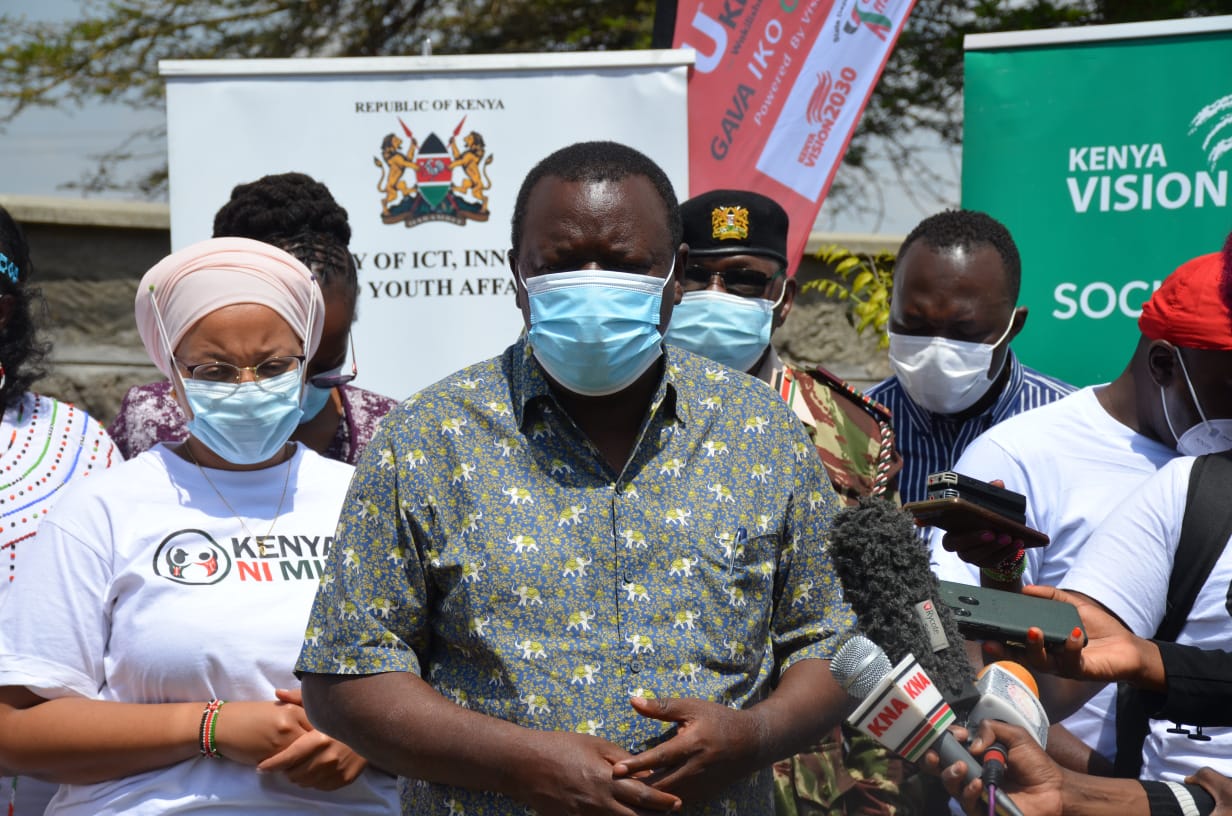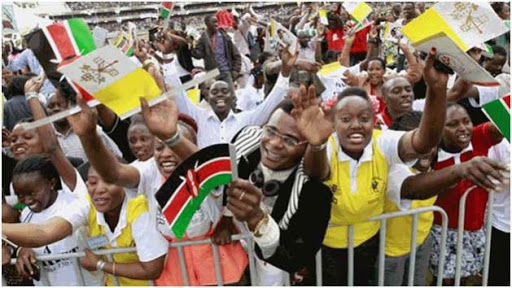WHY THE EFFECTIVENESS OF THE AFFIRMATIVE ACTION FUND IS STILL IN QUESTION
The constitution of Kenya 2010 recognizing the perennial exclusion of the youth, women, and persons living with disabilities stipulates that affirmative action and programme shall be undertaken by the government to uplift their lives. This positive discrimination has informed the government to allocate the Kenya Youth Empowerment and Opportunities project, Uwezo Fund, Women Enterprise Fund, National Youth Service, and Youth Enterprise Development Fund a cumulative figure of 14.8 billion in the 2020-2021 financial year.

The impact of the funds in the country has been immense although we have not realized its full potential. There is a need to take stock of the challenges that are threatening the efficacy of the affirmative action funds even as the government plans to consolidate them into one.
Corruption remains the most significant stumbling block. It is so widespread in the departments, sweeping the senior and junior officers alike. Officials have been accused of engaging in unethical practices. For instance, it is in the public domain that a former CEO of a youth fund was convicted of irregularly awarding 200 million tenders for supply automated hatcheries to the youths. Some officials are accused of forming proxy groups to awards themselves a large amount of money at the expense of the real beneficiaries. These departments have been turned into a conduit of funds and a secure haven of corruption. Damning reports also confirm that youths have been forced to bribe some officers for them to be able to have their applications considered and approved. These illicit practices have led to losses of funds which would have created opportunities for the target group.
There is inadequate awareness and flow of information surrounding the funds in rural areas. The creation of awareness among youths, women, and people living with disabilities especially in rural areas is key and should be given priority. This is a section of the target group who have an impediment in terms of access to information regarding the availability of funds, the state departments involved and application processes they should undergo. The majority depend on the mainstream media as a source of information. Compared to those who have access to the internet and mostly residing in towns, they end up being disadvantaged. It is a fact that the majority of rural youths not to mention people living with disabilities do not know the existence of the affirmative funds.

The tedious bureaucratic process of applying for the loan also discourages those willing to take initiative. The time and the cost incurred during the process may prove to be expensive and inconvenient to the applicants who have to commute between different administrative departments. There is a need for coordinated efforts among the responsible offices. The government should further employ the Huduma Centre concept for all affirmative funds to be administered under one roof.
Inadequate education, mentorship, and monitoring threaten the success of the implementation of these programs. The level of education determines the uptake of the funds. It affects the application process and the repayment of the funds. There is need to simplify the application processes in terms of language and methods used to roll out the affirmative programme. This should take into consideration those persons living with sight impairment challenges to ensure none is left behind. Due to inadequate information beneficiaries make poor investment choices and decisions that end up costing them their seed capital. This has seen many of them defaulting in repayment. There is need to facilitate financial literacy training and business mentorship for the beneficiaries so that they can invest wisely in projects with meaningful returns. This will reduce mismanagement of funds and ensure continuity of the programme.
Finally, the government should increase affirmative action fund budgetary allocation by doubling the current figure. This will ensure disbursements to the groups are a substantial figure which will make economic sense to invest. The low amount of funds available for the beneficiaries is partly to blame for the poor investment returns. The funds depending on the model adopted by the group may not be enough for members to do meaningful economic activity and earn returns.